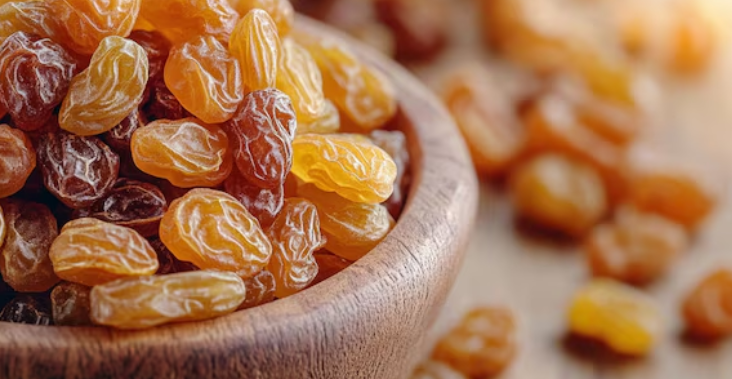Understanding Post-Harvest Fungal Risks in Sultana Raisins and How to Manage Them
Sultana light Raisin are prized worldwide for their sweetness and versatility, but their quality can quickly deteriorate after harvest due to fungal contamination. This contamination not only affects the product’s appearance and taste but also introduces harmful mycotoxins that pose serious health risks and regulatory challenges. For bulk buyers and exporters, understanding how to detect, prevent, and manage these fungal risks is critical for ensuring product safety and market compliance.
Common Fungal Threats Affecting Sultana Raisins After Harvest
Two fungi genera, Aspergillus and Penicillium, dominate post-harvest spoilage in dried fruits, including sultana raisins. Among Aspergillus species, A. flavus and A. parasiticus are notable for producing aflatoxins, toxic compounds linked to liver damage and cancer. Penicillium species may generate ochratoxin A, another dangerous mycotoxin with kidney toxicity. These fungi thrive in conditions of improper drying, high humidity, and inadequate storage.
How to Detect Fungal Contamination in Sultana Raisins
Detecting fungal contamination early protects shipments from rejection and financial loss. Visual inspection can reveal mold growth, discoloration, or off-odors but is not foolproof. Laboratory testing provides precise detection through microbiological culture and molecular assays. Rapid test kits are gaining popularity for on-site screening, offering quick results on aflatoxin and ochratoxin levels. For bulk shipments, combining visual checks with periodic laboratory analyses is best practice.
Mycotoxin Limits Essential for Export Compliance
International markets enforce strict mycotoxin limits to protect consumer health. The European Union, for instance, caps aflatoxins in dried fruits at 10 parts per billion (ppb) and ochratoxin A at 15 ppb. The United States Food and Drug Administration (FDA) sets similar limits. Bulk buyers must ensure suppliers comply with these thresholds, as exceeding them can result in shipment refusal and costly delays.
Effective Prevention Strategies to Safeguard Sultana Raisins
Preventing fungal growth begins in the field but extends deeply into post-harvest handling. Proper drying—either sun drying under controlled conditions or mechanical drying—is essential to reduce moisture content below 15 percent, a level unfavorable for fungal proliferation. Storage areas should maintain low humidity and good ventilation. Using clean, dry containers such as jute bags or controlled atmosphere packaging further limits contamination risk. Implementing Hazard Analysis Critical Control Points (HACCP) protocols helps identify and mitigate fungal risks at every step.
read more: The Effect of Grape Variety (Thompson vs. Perlette) on Texture and Sweetness of Sultana Raisins
Why Fungal Risk Management Matters for Bulk Buyers and Exporters
Fungal contamination not only affects consumer health but also impacts the economic value of sultana raisins. Contaminated batches can lead to rejection at customs, tarnish a supplier’s reputation, and disrupt supply chains. Buyers who understand fungal risks and enforce strict quality assurance measures can maintain consistent product quality, safeguard consumer trust, and navigate international regulations with confidence.
FAQs About Post-Harvest Fungal Risks and Mycotoxins in Sultana Raisins
What fungi most commonly spoil sultana raisins?
Aspergillus flavus and Penicillium species are the main fungi responsible for post-harvest spoilage and mycotoxin production.
How can I test for fungal contamination in bulk raisin shipments?
Visual inspection combined with laboratory testing or rapid aflatoxin and ochratoxin test kits offers reliable detection.
What are the accepted mycotoxin limits for raisins in export markets?
EU limits are 10 ppb for aflatoxins and 15 ppb for ochratoxin A; similar thresholds apply in the US and other major markets.

